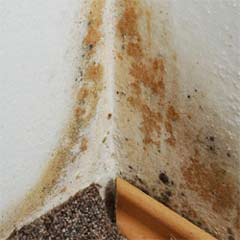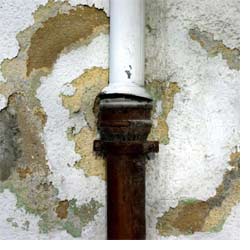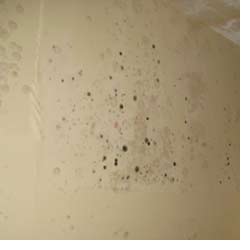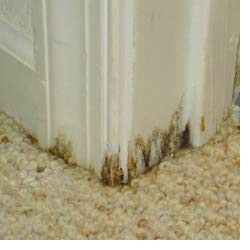Prevent damp and mould
The average home in South Africa is exposed to regular downpours of rain, so it is no surprise that damp can become a big problem in many homes throughout the country, especially in view of the recent flooding experience in certain areas.
Although most damp problems are much less serious than they actually look, whatever the cause, damp can be very bad for our health and can lead to extensive damage, resulting in costly repairs.
Main causes of damp:
Rising Damp: Caused by water soaking up through floors and walls, normally only to a height of 1 metre. This problem usually occurs in houses in which the damp proof course has failed or not installed. If walls feel damp and cold to the touch, or have loose or bubbling plaster, then rising damp is probably the cause. This problem is also very common in homes that do not have a concrete apron around the perimeter of the structure, or where water collects close to walls.
Solution: The easiest way to check the cause is to start by lowering the level of soil or grass around the perimeter of the structure to see if it makes a difference. If not, you may need to look at having a chemically injected damp proof course applied to the walls.
Penetrating Damp: Caused by issues with the plumbing, where a problem has allowed water to enter the property. It can affect roofs and ceilings and along walls where a watermark might appear and grow if the water continues to enter. If not fixed, plaster may start to perish. Penetrating damp can sometimes be caused by gutter or roof problems, which have allowed rainwater to saturate areas of wall, or by a leaking pipe on the outside or inside of a wall. eg. showers and plumbing.
Solution: Penetrating damp forms when water gets in from the outside, so the first step is to check everything in and around the property. Examine gutters, down pipes, flashing, rendering and window frames in detail. Always make sure that down pipes are unobstructed, and if the guttering has seen better days, think about replacing it with new easy-to-fit plastic guttering.
Condensation: This problem is caused by excessive moisture due to insufficient ventilation. Condensation arises as a result of excess moisture in the air - even if you cannot see it. Mouldy spots caused by condensation will be seen on walls, ceilings, furniture, curtains and even clothing. You will be able to easily identify mould infestation either by the appearance of mould spots, or a strong musty smell. Bathrooms, more than any other room in the home, are prone to excessive condensation.
Solution: Unlike other types of damp, installing extractor fans or increasing the amount of ventilation in a room, e.g. kitchen, bathroom or laundry, easily resolves problems with condensation. Appliances that produce moisture, such as a tumble dryer, should be vented to the outside.
Mould: As a consequence of damp, mould is a fungus that requires moisture and warmth to proliferate and can often be found in bathrooms, under kitchen cabinets, inside built-in cupboards and other warm and moist areas in the home. Mould can be found in a variety of colours ranging from yellow, green and black, depending upon the type of fungus involved and all types can cause a serious health hazard, especially for those suffering from asthma and allergies.
Solution: The cause of the problem needs to be determined before attempting to remove mould, otherwise it will simply re-appear – see details above on types of damp.
An easy way to kill mould is to fill a spray bottle with spirit vinegar and use this on the mouldy spots. Although strong smelling, this will disappear in a couple of days – as will the mould. Tea tree oil also works well, although slightly more expensive. Add 20 drops to a litre of water and spray liberally over the mould.




